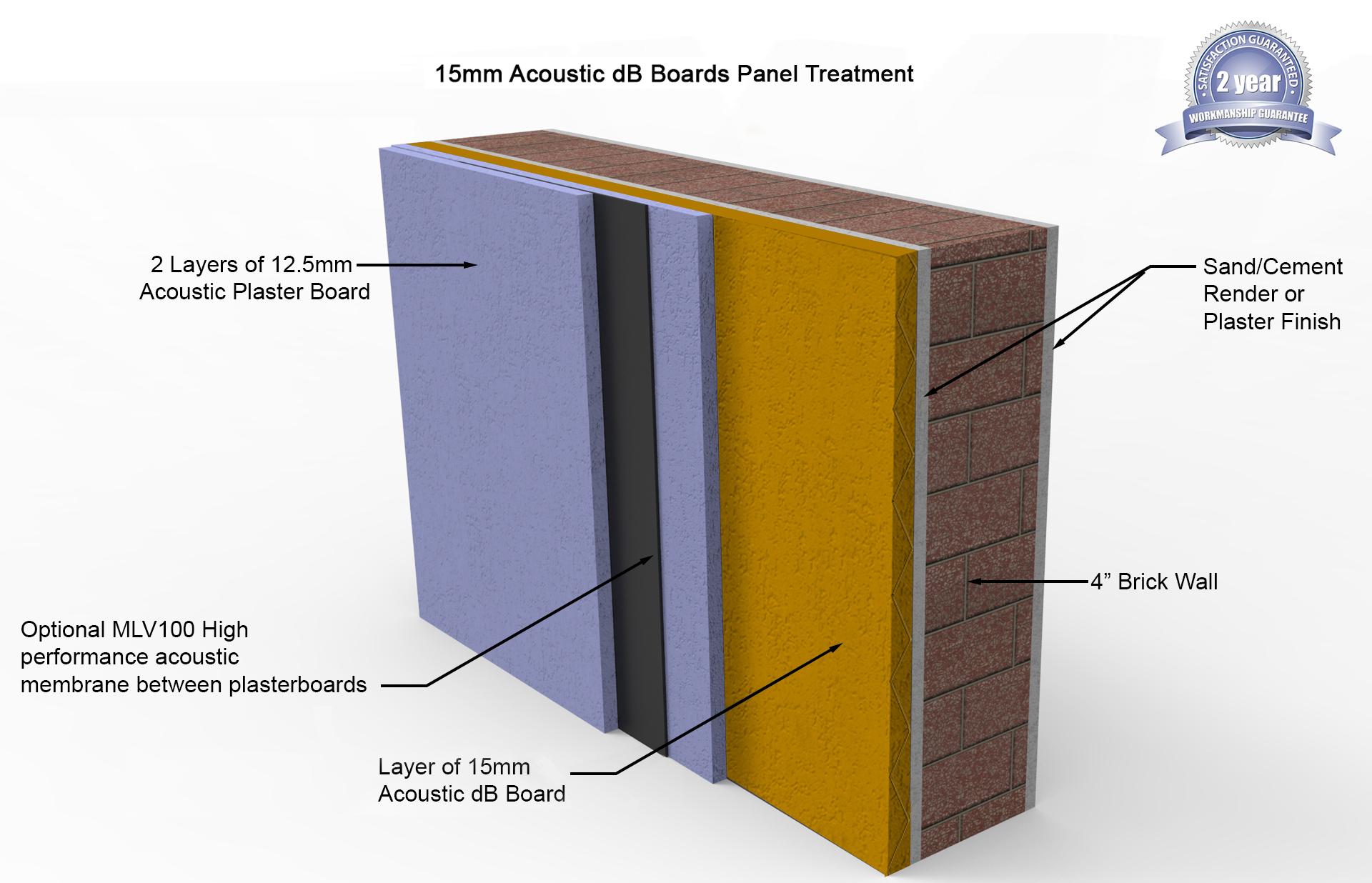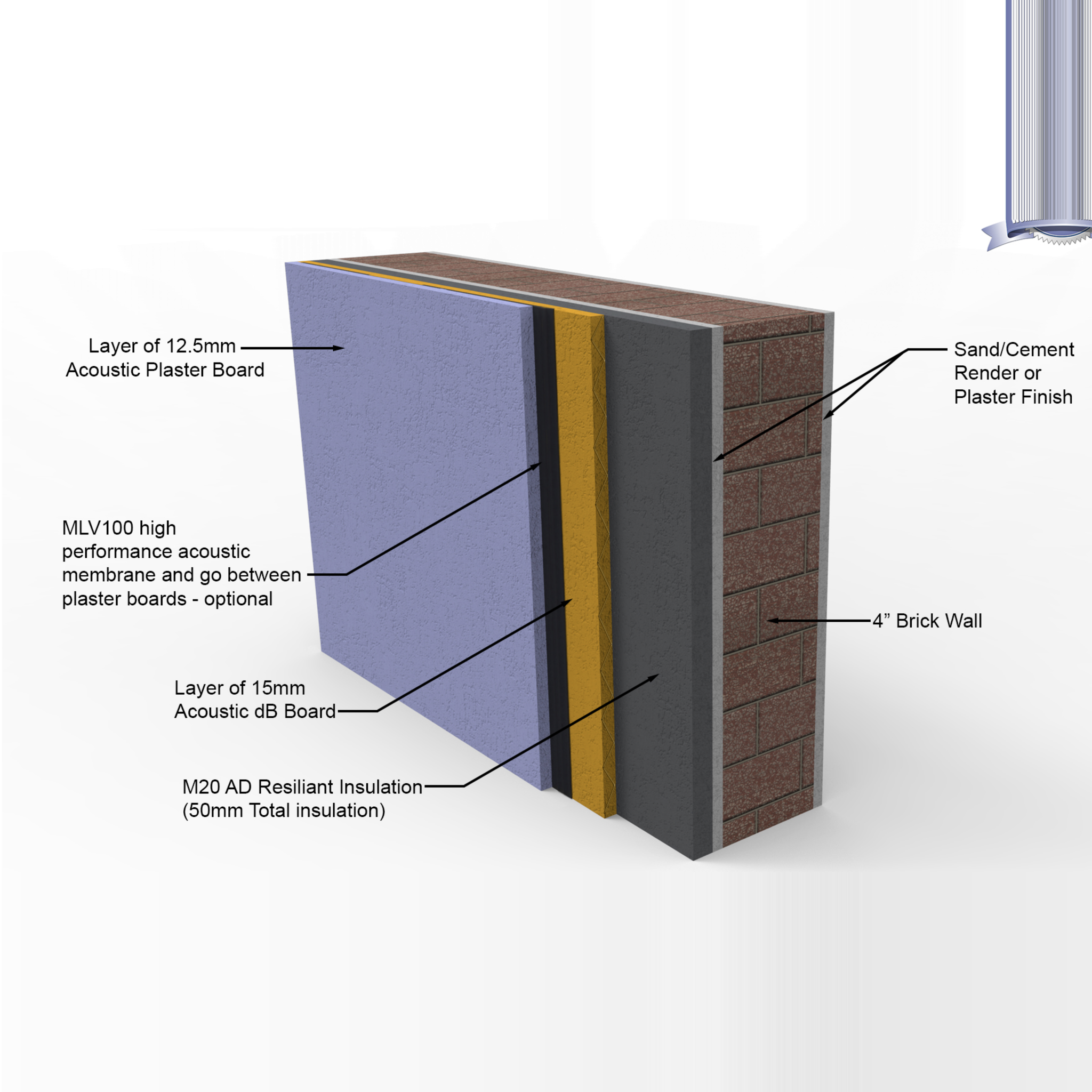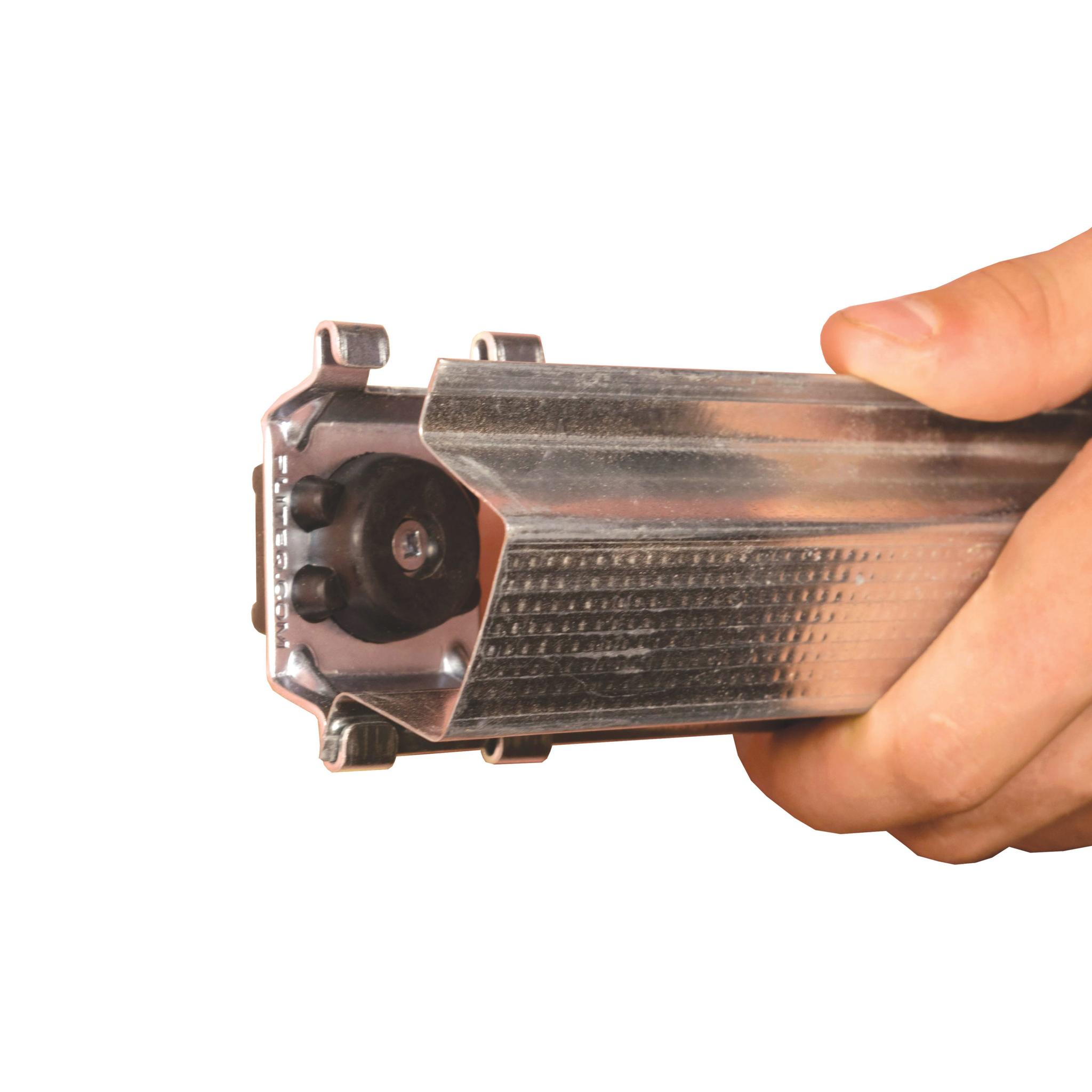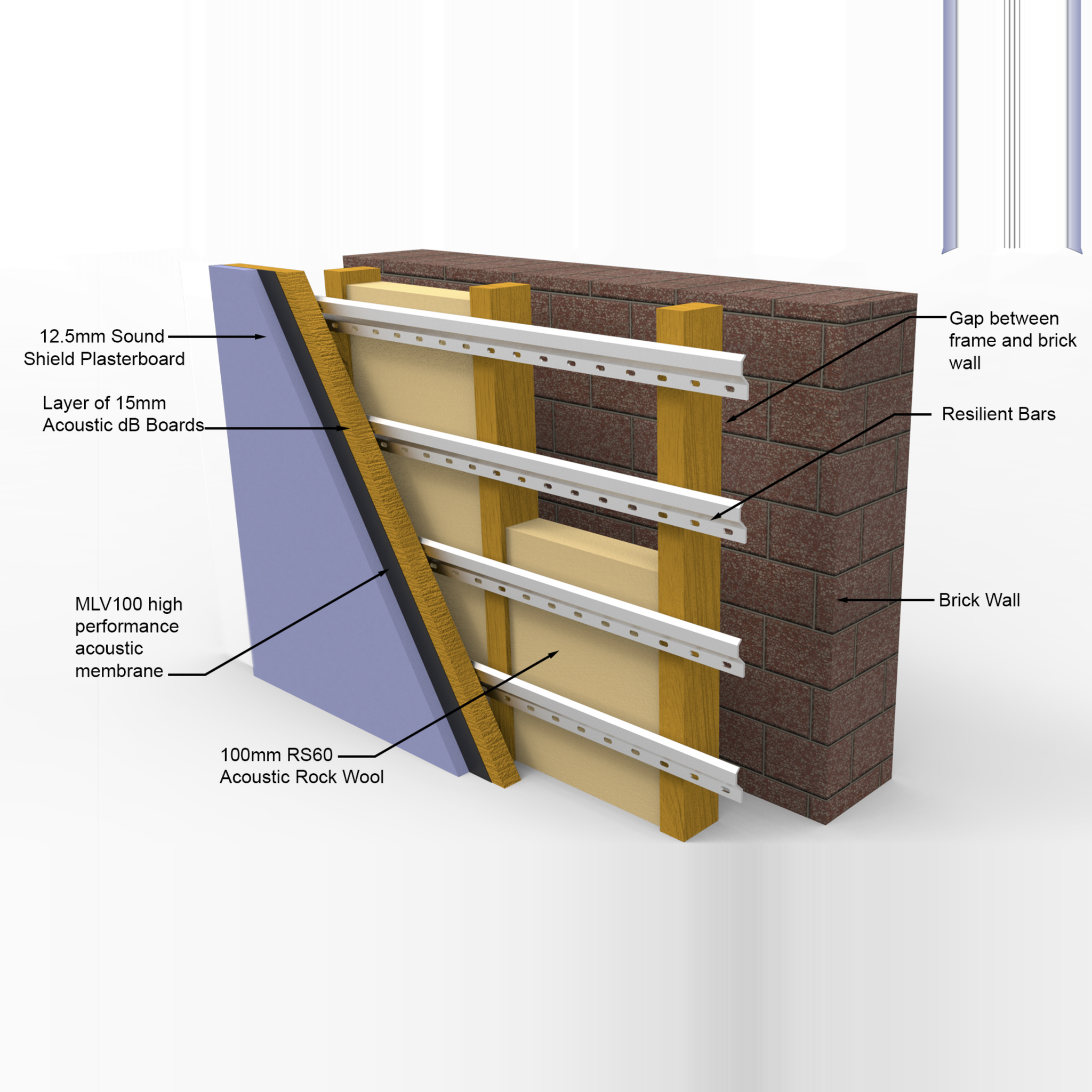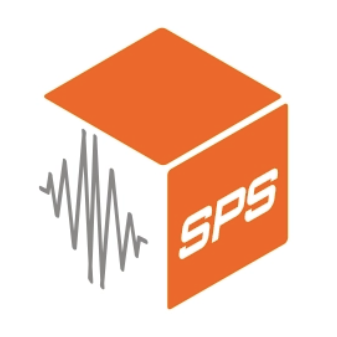MENU
Years of Experience
Quality Service
Next Day delivery on most products if ordered before 12:00pm
Quality Service
Cookie Privacy Preferences
We utilize essential cookies to ensure our website operates effectively and remains secure. Additionally, we'd like to request your permission to use optional cookies. These are intended to enhance your browsing experience by offering personalized content, displaying advertisements that are relevant to you, and helping us to further refine our website.
Choose "Accept all cookies" to agree to the use of both essential and optional cookies. Alternatively, select "Let me see" to customize your preferences.
Privacy Preference Centre
Our website utilizes cookies to enhance your browsing experience and to present you with content tailored to your preferences on this device and browser. Below, you will find detailed information about the function of cookies, enabling you to make informed choices about which cookies you wish to accept. Please note that disabling certain cookies might impact your user experience on our site. It's important to remember that cookie preferences need to be set individually for each device and browser you use. Clearing your browser's cache may also remove your cookie settings. You have the freedom to modify your cookie preferences at any point in the future.
For a comprehensive understanding of our use of cookies, please refer to our complete cookies policy.
These cookies are needed for the website to work and for us to fulfil our contractual obligations. This means they can't be switched off. They enable essential functionality such as security, accessibility and live chat support. They also help us to detect and prevent fraud. You can set your browser to block or alert you about these cookies, but it means some parts of the site won't work.
These cookies allow us to measure and improve the performance of our site. They help us to know how popular pages are, and to see how visitors move around the site. If you don't allow these cookies, we won't know when you've visited our site, and we won't be able to monitor its performance.
These cookies enable us to provide enhanced functionality and personalisation. They may be set by us or by third party providers whose services we've added to our pages. If you don't allow these cookies, some or all of these services may not work properly.
These cookies collect information about your browsing habits to show you personalised adverts. They may be used to build a profile of your interests and show you relevant adverts on other sites. They don't store directly personal information, but are based on uniquely identifying your browser and internet device. If you don't allow these cookies, the adverts you see will be less relevant.
Years of Experience
Quality Service
Next Day delivery on most products if ordered before 12:00pm
Quality Service
Considerations for soundproofing a party wall effectively.
Wall Construction: Understanding the construction of the wall is crucial. Different wall types, such as solid brick/block or lightweight timber stud, have varying levels of inherent soundproofing performance. Knowing the wall type helps determine the level of soundproofing required.
Noise Level and Type: Identify the level and type of noise you are dealing with. Is it quiet and muffled, clear but not excessively loud, or excessively loud (e.g., dogs barking, doors slamming, clear conversations)? This assessment helps determine the appropriate soundproofing solution.
Type of Noise: Determine whether the noise is airborne (e.g., voices, TV, music) or impact noise (e.g., footsteps, objects hitting the wall),or a combination of both. Different soundproofing techniques are effective for each type of noise.
Chimney Breast: Consider whether there is a chimney breast on the wall. Chimney breasts often have higher mass, making them perform better for soundproofing compared to alcoves. This information helps in planning the soundproofing approach.
Now, let's delve into the three important criteria for effective wall soundproofing:
Add Mass to the Wall: Mass is essential for blocking airborne noise. Heavier and denser materials are more effective at blocking sound. Using a combination of high-mass materials is recommended for better results. Different materials may also block different sound frequencies.
Dampen Sound Vibration and Energy: Sound vibrations can easily travel through solid walls and materials. To counter this, high-mass materials added to the wall should also dampen sound energy. Decoupling materials from the structure (the wall) can help prevent sound vibrations from transferring through.
Address the Drum Effect: If there's a hollow space inside the wall or if dot and dab plasterboard is fixed to the wall, sound that enters the cavity can echo, resonate, and amplify, creating a drum effect. This cavity needs to be addressed to achieve the best soundproofing results.
System | System Depth | Airborne Improvement |
41mm | 19dB | |
45mm | 22dB | |
66mm | 23dB | |
105mm – 265mm | 28dB |
*Performance stated above includes dBX boards.
